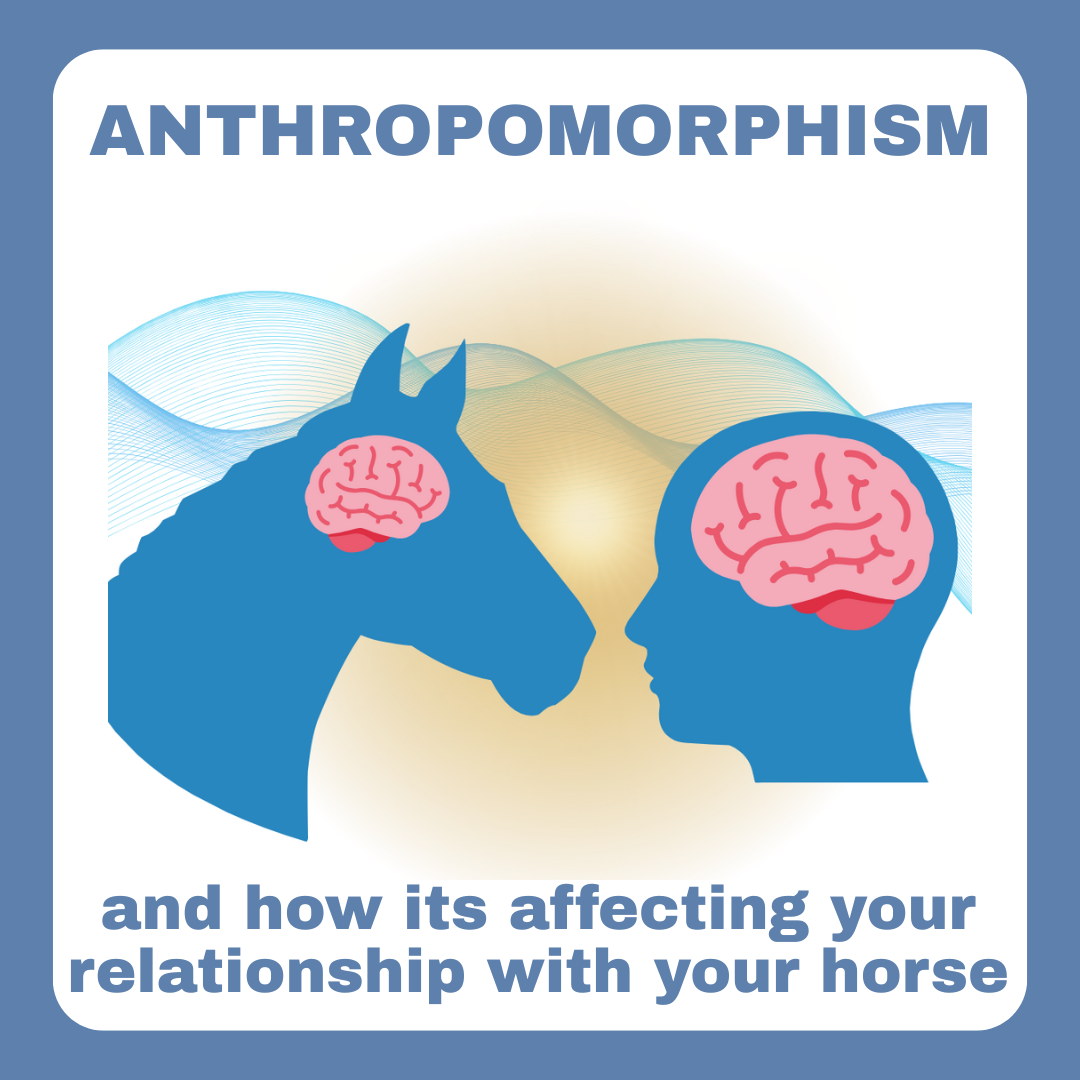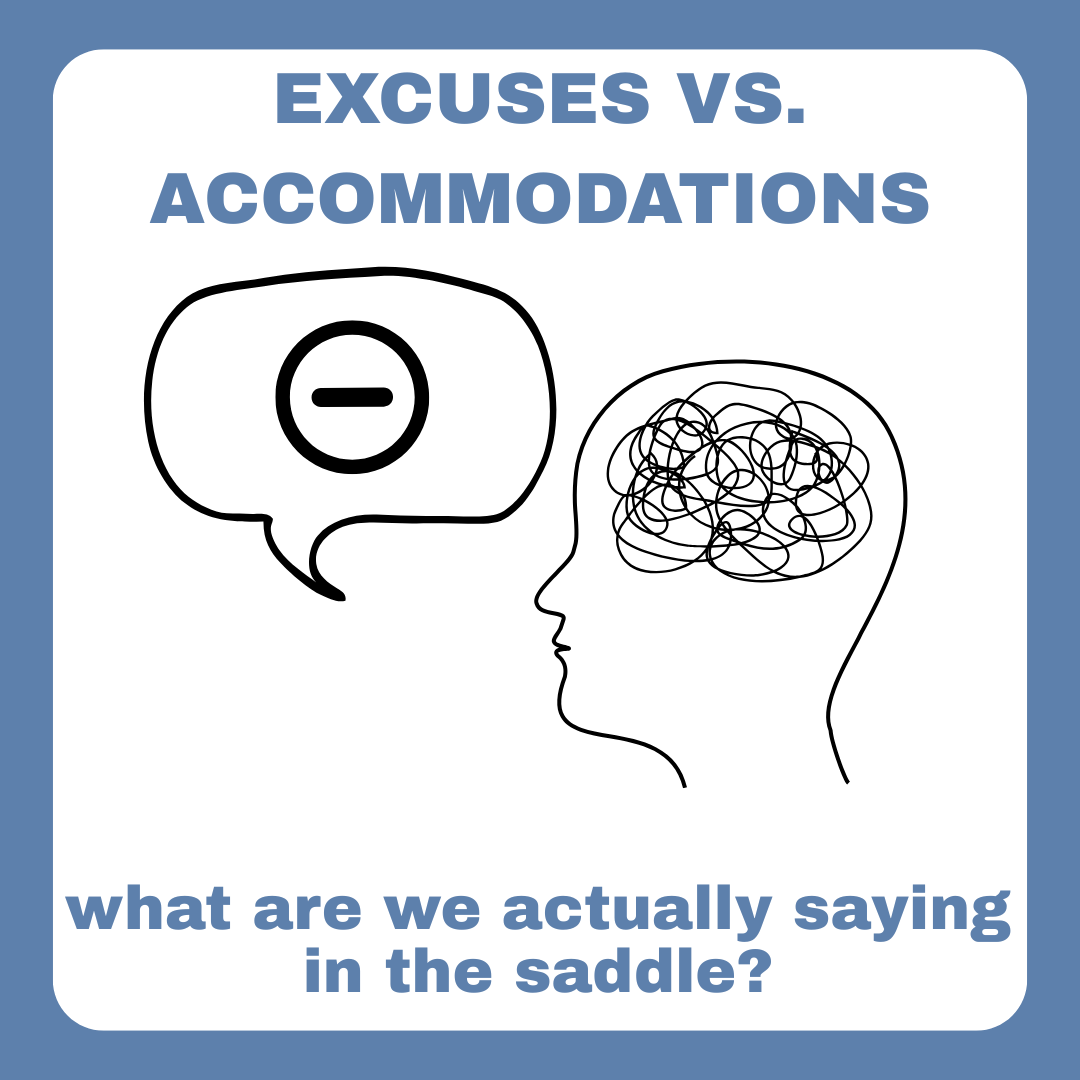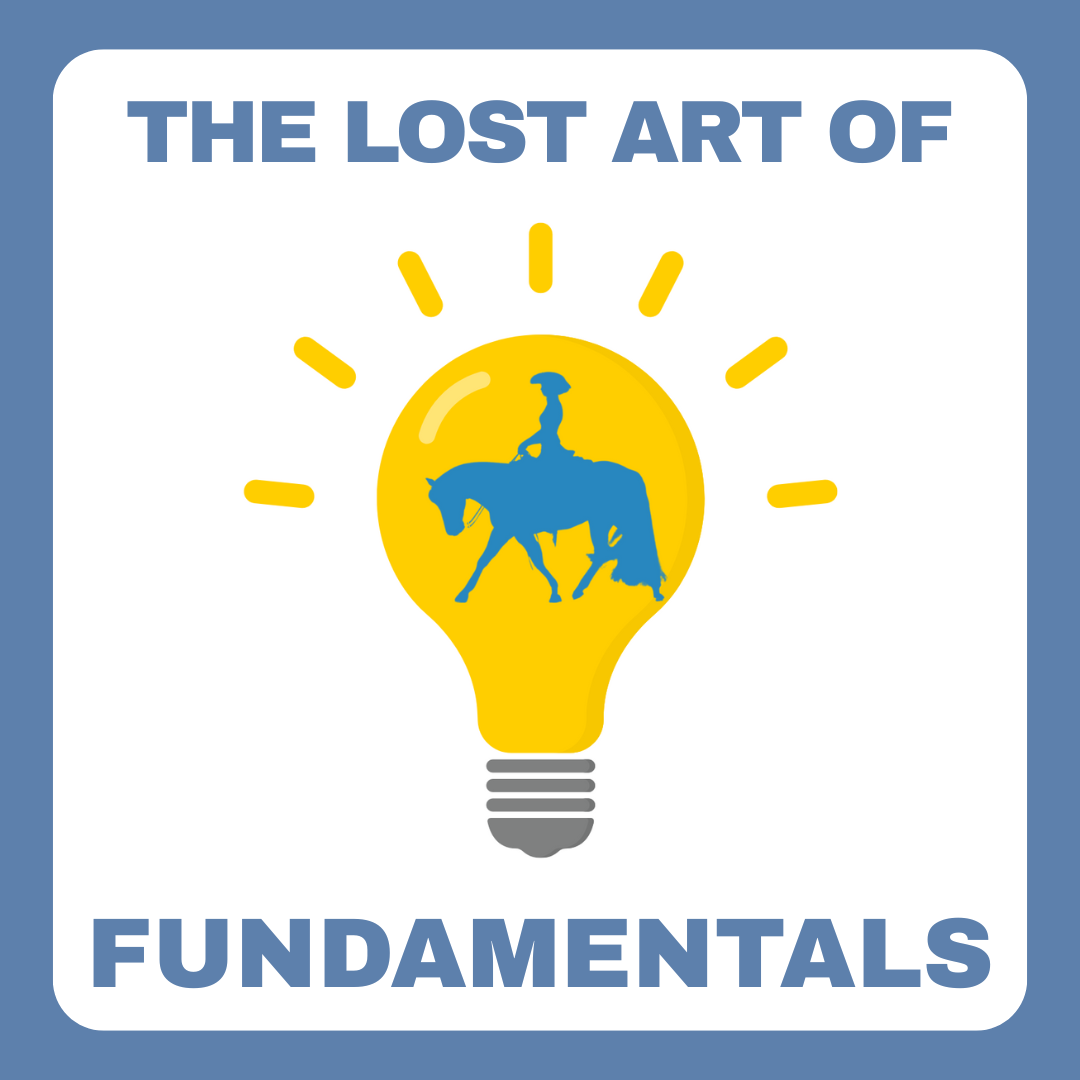
CB Horsemanship Blog

Five Ways Anthropomorphism is Affecting Your Relationship with Horses
We’ve all done it—giving our horses human-like qualities because, hey, they’re our best pals! But while it can be endearing to see horses this way, anthropomorphizing can actually interfere with how we understand and train them. Anthropomorphism is the act of attributing human characteristics, emotions, and intentions to non-human entities. Here’s how thinking of your horse as “one of us” might be leading to some misunderstandings.

Shoulder Control: The Key to Body Control
As I taught a lesson one evening, I found myself in yet another conversation with a client discussing how they had never heard someone talk about the horse’s shoulders in their previous English riding lessons. I couldn’t help but wonder why shoulder control doesn’t get more attention in English riding. Western riders rely on it for everything from tight horsemanship patterns to cutting cows, but for many English riders, it’s a concept that’s often overlooked.

Excuses vs. Accommodations: What Are We Actually Saying in the Saddle?
As a horse trainer, I spend my days (and, let’s be honest, a good chunk of my nights) helping people from all walks of life become better riders. I work with teens, retirees, green beginners, seasoned pros—you name it. And while each rider is totally unique, I’ve started hearing the same phrase over and over again:
“I can’t because of…”
“…my ADHD. I can’t sit still.”
“…my hip. It just doesn’t move that way.”
“…my age. I’m too old for that.”
Cue the mental record scratch.
I love when riders tell me what’s going on. I’m all for honesty, vulnerability, and full transparency in the arena. But here’s where things get interesting:
The same rider who says “I can’t” often ends up doing it—beautifully—five minutes later.

Setting a young horse up for success
I once heard a trainer mention that it’s kind of mean to tell a horse that from 1 to 4 years old his life is going to be running around with his buddies, doing as he pleases, and then on one random tuesday, we try to convince him that he needs a work ethic and must follow all sorts of rules that make a lot of sense to people, but very little sense to untouched horses.

Improving the Western Horsemanship Seat
We’ve all seen those amazing eye-catching horsemanship riders. She trots out in perfect rhythm with her horse, her seat appears glued to the saddle even at extended trot. Her heels are always in line with her hips and shoulders. Chin up, elbows in. You so badly want to look like this when you ride, but when you watch back a video from your lesson, you can see that you might do the same things in theory, but somehow even with your shoulders, hips, and heels in line, you look like an overly stiff robot instead of this gorgeous fluid rider.Well, I’m here to deliver hope. In this article I will give you 5 different ideas to reexamine your horsemanship seat.

Quality of Movement: Enhancing a Horse's Way of Going
It’s common knowledge that weightlifting with incorrect technique can damage a person’s physique more than it benefits, but how many of us have considered the same is true for our horses? Exercise is incredible in its benefits, when in the correct form, but research has shown us the negative effects to a horse’s stride when we add a rider’s weight. Because of this insight we must consider whether we ride life in a way that benefits the horse and does not harm. An educated rider can show their horse a way of going that will correctly engage the horse's musculoskeletal structure to improve his longevity and vitality, as well as improve his athleticism and ability to complete complex maneuvers. From the correct alignment of their topline to the engagement of their hind end, every aspect of biomechanics influences how a horse moves.

The Lost Art of Fundamentals
Recently, I was coaching a rider focused on improving her horsemanship patterns. We spent most of the lesson working on getting her horse more connected to the bridle, driving up through the back, and free of resistance. At the end, she said, "Well, that was great, but I really wanted to work on horsemanship."
